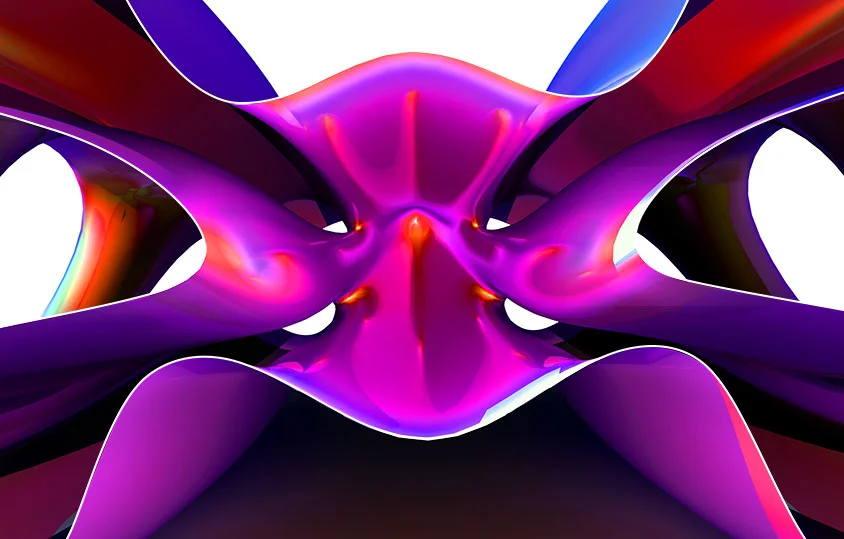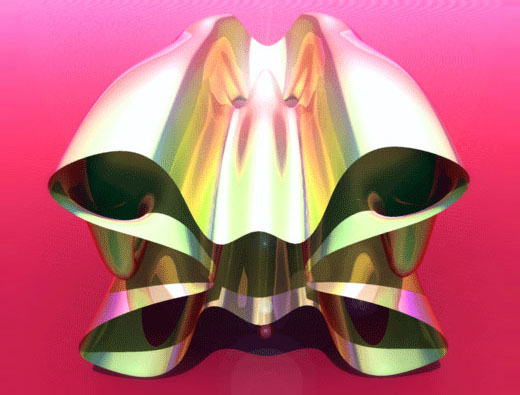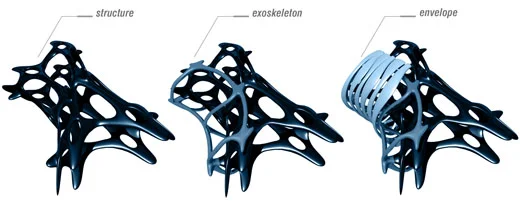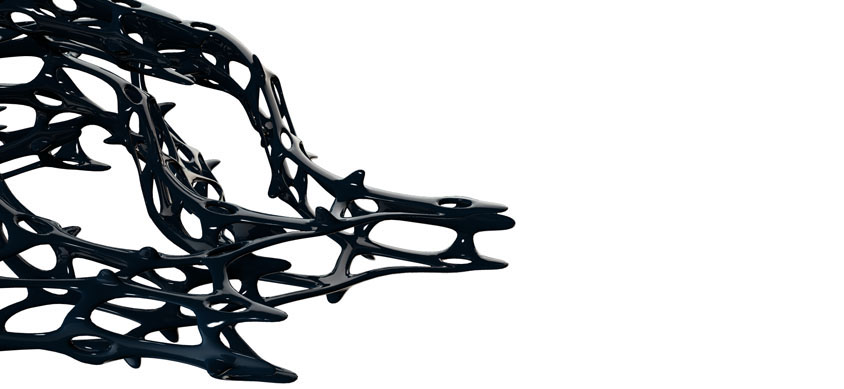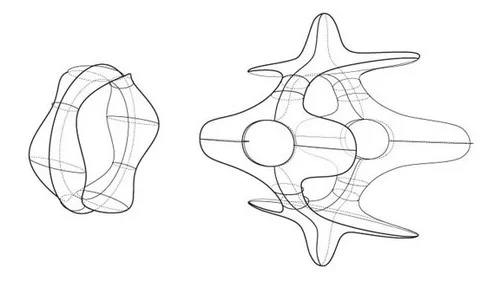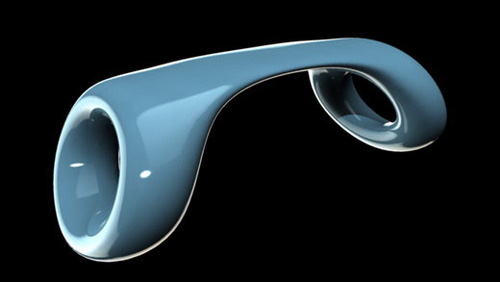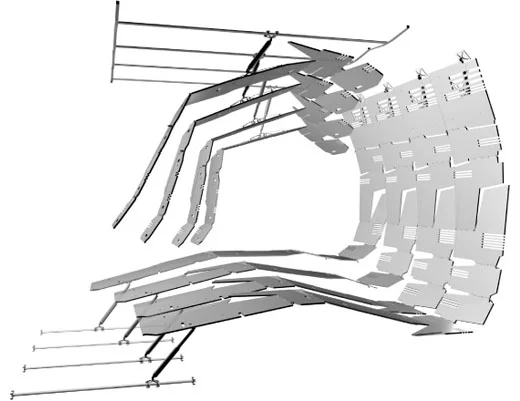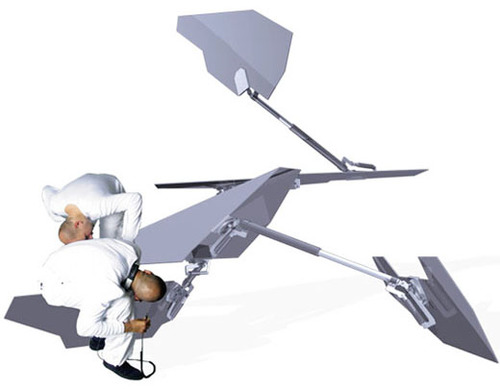While I was working for Peter Eisenman last summer, he freaked out on me about a curve I drew poorly. The upside was that he sat down for half-an-hour to explain the properties of a good curve. It had much to do with a gradual increase in its degree of curvature, and a bit to do with something ineffable. Regardless, I’ve discovered a better way to make consistently elegant curves.
Playing around with inverse kinematics and dynamics in Maya, I figured out that you can produce curves with a kinematic armature that have gradual parametric curvature. This solves the inherent problem in splines and nurbs that there are no qualitative or performative restraints. I did some research into this and it is a concept that apparently already exists.
Kinematic curves are curves produced by machinery, or a combination of motions, as distinguished from mathematical curves. The appeal of this should be quite clear, we can produce precise machined curvatures that are free of the constraints of mathematically defined curves. I ‘m pretty sure I will be basing the rest of the semester on trying to maximize this potential in my project.


